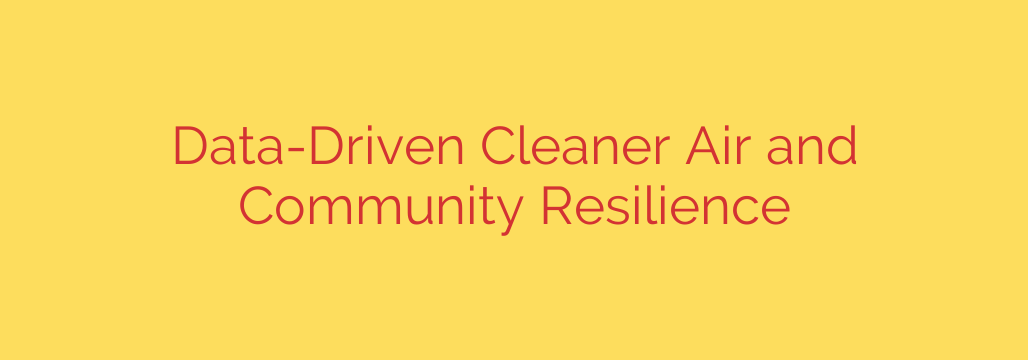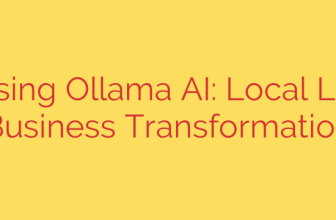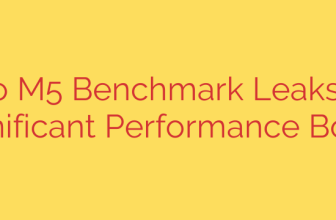
Understanding and addressing air pollution is becoming increasingly critical for community health and building resilience. A transformative approach involves harnessing the power of data. By deploying networks of sensors, it’s now possible to gather highly localized and granular information about the air we breathe. This level of detail goes far beyond traditional monitoring methods, revealing pollution patterns street by street, or even building by building.
This data-driven strategy empowers communities. Residents can gain a clear picture of the air quality in their immediate surroundings, understanding the specific pollutants present and their potential sources. This knowledge is a powerful tool for advocacy and action. When communities have concrete data, they can engage more effectively with policymakers, industries, and local authorities to push for necessary changes.
Furthermore, this detailed environmental data supports targeted interventions. Instead of broad regulations, actions can be tailored to address specific pollution hotspots or sources identified by the sensor networks. This leads to more efficient and effective strategies for improving air quality. The process of collecting data, analyzing it, and working together to understand its implications also strengthens social ties and community capacity. It fosters a sense of ownership and collective action towards a common goal: cleaner air for everyone.
Ultimately, leveraging technology and environmental monitoring data directly contributes to better public health outcomes and helps build stronger, more resilient communities capable of responding to environmental challenges. It’s about turning invisible pollution into visible information that drives meaningful change.
Source: https://feedpress.me/link/23532/17043545/empowering-cleaner-air-and-community-resilience-through-data








